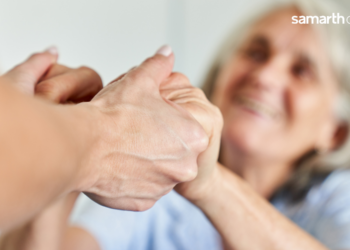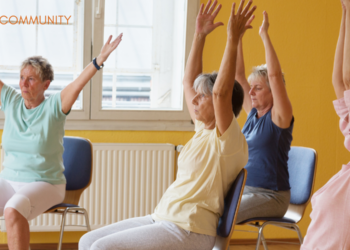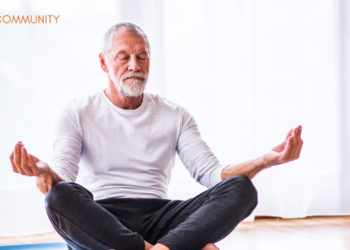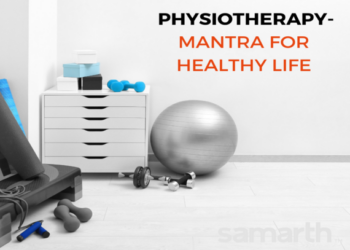In today’s fast-paced world, pains, and aches are a common thing, even in the young. So, having some constant niggles or aches as people age is not something uncommon. The various kinds of pains and aches that people experience are back pain, knee pain, muscle pains, joint pains, shoulder issues, arthritis-related pains, old injury pains, pain in the foot, leg pain or issues like sciatica, carpal tunnel etc. At times, you even get neck pains.
While regular exercise can help relieve a few common pains, that are not chronic, a few pains may need medical consultation followed by physiotherapy. Hence, a doctor should be consulted, if, any of the strains are consistent and go worse, with exercise and home remedies.
What is physiotherapy?

Join Now >
At times, a doctor prescribes some physiotherapy exercises to relieve and cure the people of the pain they are suffering from. At such times, the help of a physiotherapist is needed. The physiotherapist understands the doctor’s prescription and takes you through a certain set of specific exercises and procedures that help cure your pain. These procedures help repair damage, reduce stiffness and pain, increase mobility and improve the quality of life of people.
At times, the physiotherapist may suggest certain simple or slightly complicated exercises. There could be daily or weekly sessions prescribed based on the situation and the need. At times, the physiotherapist also uses specific treatment options like heat therapy, massage, etc. Sometimes, physiotherapy is also prescribed to recover from injuries to gain the proper mobility in the limbs etc.
Options
There are a few ways in which one can undergo physiotherapy. If the pain is not so severe, then you may consult a physiotherapist, who will teach you few exercises as part of a consultation session and ask you to do the same at home with periodic review. If some other complicated exercises or treatment is needed, they may ask you to visit the hospital or clinic, a couple of times a week or so. There are also certain physiotherapists who will visit you at home with their machines and do it at home for a charge. The other option is to book a physiotherapist through home-based service providers like Portea, Practo, and Urbanclap or even through such service arms of few reputed hospitals.
Regular home exercises
Physiotherapy exercises are highly individualistic, depending on the nature of the pain/injury, area affected, age of the person and few other such factors. Hence, instead of just asking or following someone, it is always best to consult a doctor and get the required prescriptions.
However, as part of regular pain relieving procedures, one may adopt Yoga as a lifestyle to help prevent as well as alleviate certain common pains and aches. Even Yoga should be practised under the guidance of a certified teacher only, as certain asanas are not favourable for specific conditions. Simple stretches can always be done at home. Especially for people working a lot on computers/screens, eye exercises, simple neck and shoulder exercises and regular walks to counter the long sitting hours are always advised.
Common physiotherapy exercises
The common physiotherapy exercises that are suggested:
- Motion exercises: These are meant to provide or increase flexibility in the joints and ease joint pains. These may also involve the use of pulleys, balls, wheels, wall climbing etc.
- Simple stretches: Simple stretches are advised for improving joint flexibility.
- Aerobics: Aerobics exercises are suggested to condition the muscles and the body.
- Balancing exercise: These are prescribed to help maintain body balance and avoid falls.
- Aquatic exercises: At times, even aquatic activities are prescribed for improving motion and strengthening muscles.
- Strengthening exercises: These are done to strengthen the muscles.
- Breathing and relaxation techniques: To help cool down the body after each session.










